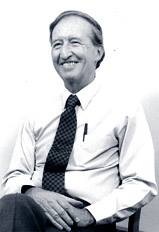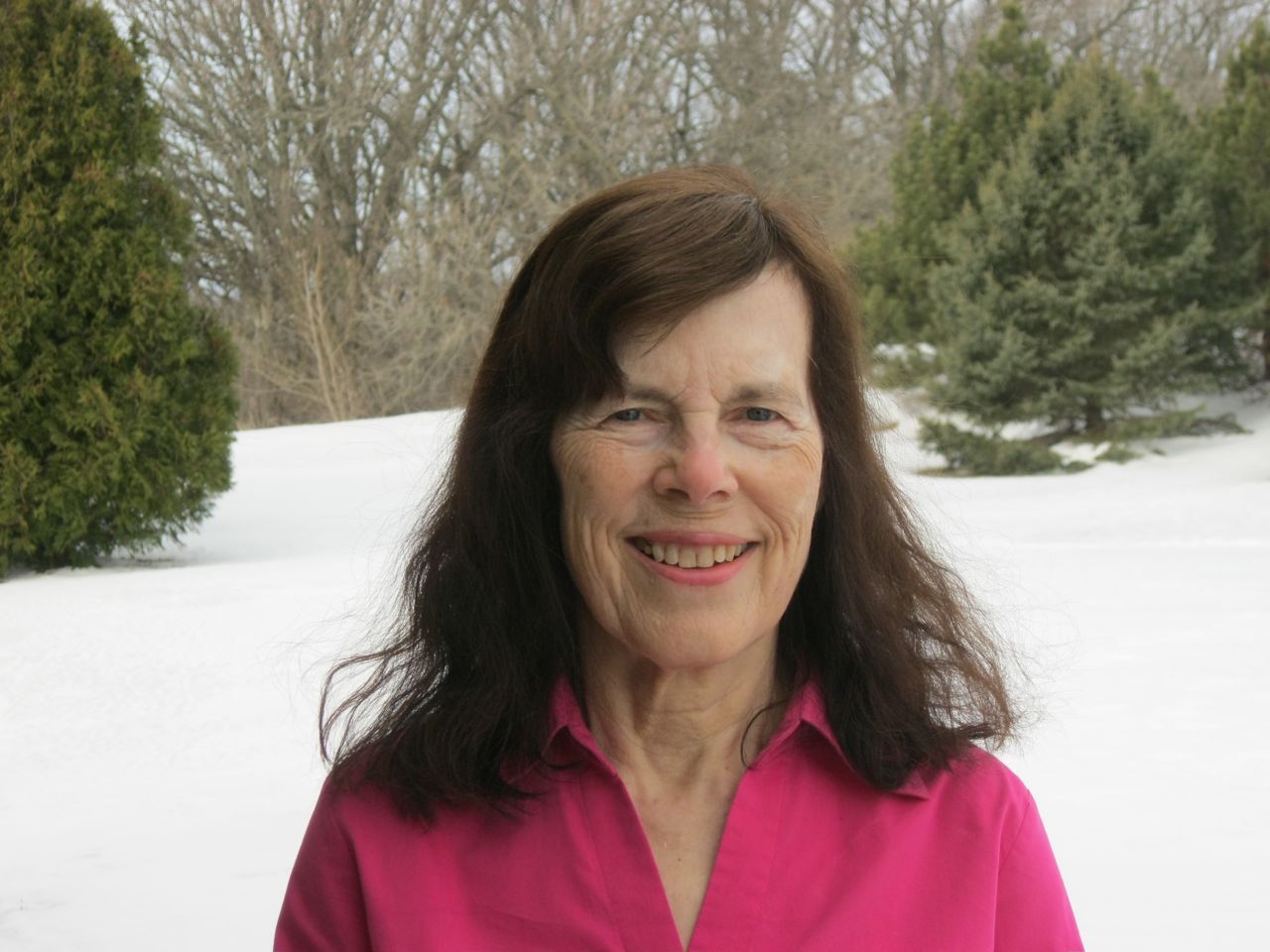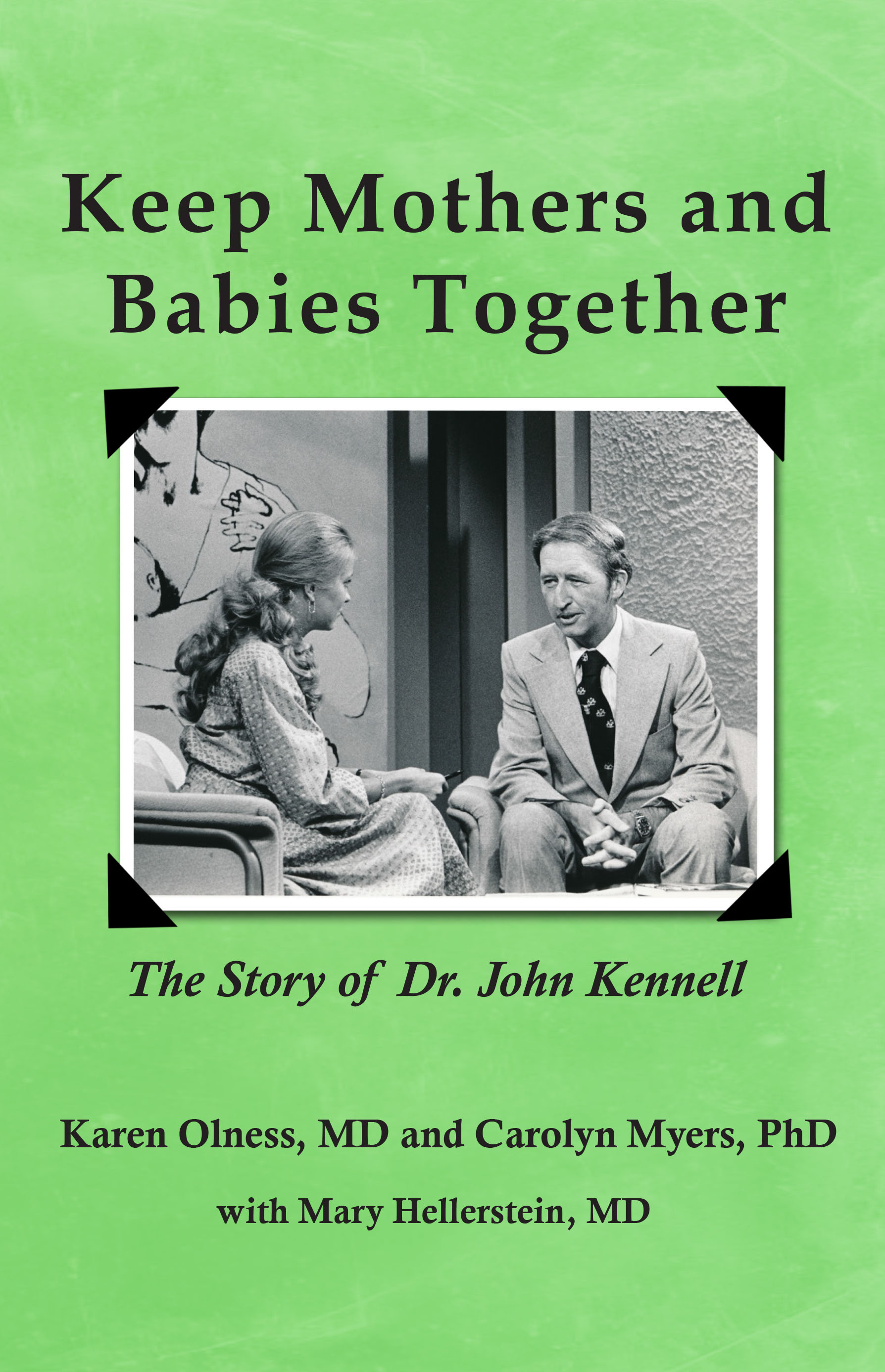While women have been supporting each other through pregnancy, birth, bonding and breastfeeding long before the term “doula” was used, awareness of the importance such support in recent years has allowed for a great deal of recognition for the role doulas play in the childbearing year. The doula field is experiencing tremendous growth as a result. As the field grows and we as doulas grow and shift to meet the needs of the families we serve while adapting to social, medical, economic and technological changes, returning to the roots of how it all began seems appropriate to provide context, inspiration and clarity of purpose. And so we share some our collective doula history from one of the pioneers in the field, the late Dr. John Kennell.
And so we share some our collective doula history from one of the pioneers in the field, the late Dr. John Kennell.
A pediatrician, researcher and founder of DONA International, Dr. Kennell might be best known to some doulas for the quote, “If a doula were a drug, it would be unethical not to use it.” This simple yet powerful sentence summarizes his perception of the importance of labor and postpartum support.
Earlier this year, one of Dr. Kennell’s long time colleagues, Dr. Karen Olness, published a book on his early research on mother-baby dyads. In it, she shares Dr. Kennell’s own account of how a medical student’s decision to follow her instincts and break the research study’s protocol led to the discovery of the value of labor support and worldwide usage of the term “doula.” Dr. Olness has been kind enough to share this excerpt from her book, Keep Mothers and Babies Together: the Story of Dr. John Kennell:
The Presence of Other Women during Delivery:
Dr. John Kennell Describes the Prelude to the Doula Study
Anthropologists have confirmed the success of having someone present with the mother during labor and delivery. We reviewed 128 non-industralized cultures where there was data. It was a marvelous source of information current through the 1960s to 1970s. I assume it is still true of the majority of deliveries throughout the developing world. There were details from these 128 cultures that revealed whether the mother labored alone or with someone. All but one of these cultures had someone present with the mother. That included a variety of people with a variety of training and experience. The team needed a term to apply to the person helping a mother during labor and during that time we were reading a book by Dana Raphael about breastfeeding. She referred to a person she called a doula who helped mothers after the baby was born and recommended that doulas should be developed to help support and promote breastfeeding. Doula is a modern Greek word….It usually meant a woman present and often several women. We’ve also emphasized the time period throughout labor and delivery and shortly afterwards, including time for skin-to-skin contact with the mother and breastfeeding.
An Unexpected Result
Who can say why the unplanned happens at a perfectly timed moment, so that an idea grows beyond the mere anecdotal footnote? Once again, a carefully designed protocol was disregarded, to the dismay of the researchers. The medical students had been told that they had to do things according to hospital rules and to not interfere. This meant that the researchers must not be involved with any mother until after delivery, when permission was obtained for her to be in the study, that even then, they should not go into the room or talk with the mother.
One of the students, Karen Wendy Freed, did not follow protocol. Once a mother was admitted into the bonding study, she felt she shouldn’t leave the mother alone. She would go in and talk with them, and would stay there. She spoke Spanish fluently. These particular mothers all received their babies right after birth. When Wendy discussed the first 10 babies after joining the study, she acknowledged to Dr. Klaus that the mothers were very calm and peaceful. It seemed as though a number of things were better for these mothers. The 10 babies involved were not randomized or included in the data.
As Dr. Kennell reports:
The positive outcome of the babies was striking, but we didn’t know if it was a fluke. Very often, when you see something different that you think is going to be marvelous, there is a simple explanation that does not give you valuable new information. Therefore, we proceeded to design a new study for confirmation. For this study, Dr. Klaus and I had Dr. Roberto Sosa as our collaborator. He soon became our most valued collaborator in Guatemala. He not only had a private pediatric practice, but he also looked after the babies at the Roosevelt Hospital, as well as at the Social Security Hospital. He would check all the babies that had been enrolled in the study the day before and do the discharge exam. He also helped with several other studies. I don’t think anybody else could have done all that he did. We were very fortunate.
Excerpt from Olness, K., Myers, C., with Hellerstein, M. (2015). Keep mothers and babies together: The story of Dr. John Kennell. Amarillo, TX: Praeclarus Press. Used with permission.
 About Dr. Karen Olness: Karen Olness, MD is Professor Emerita of Pediatrics, Global Health and Diseases at Case Western Reserve University and board certified in developmental behavioral pediatrics. She has worked in resource poor areas of the world over a 50-year period with a focus on helping children in disasters. John Kennell and she worked together for 24 years.
About Dr. Karen Olness: Karen Olness, MD is Professor Emerita of Pediatrics, Global Health and Diseases at Case Western Reserve University and board certified in developmental behavioral pediatrics. She has worked in resource poor areas of the world over a 50-year period with a focus on helping children in disasters. John Kennell and she worked together for 24 years.



Trackbacks/Pingbacks